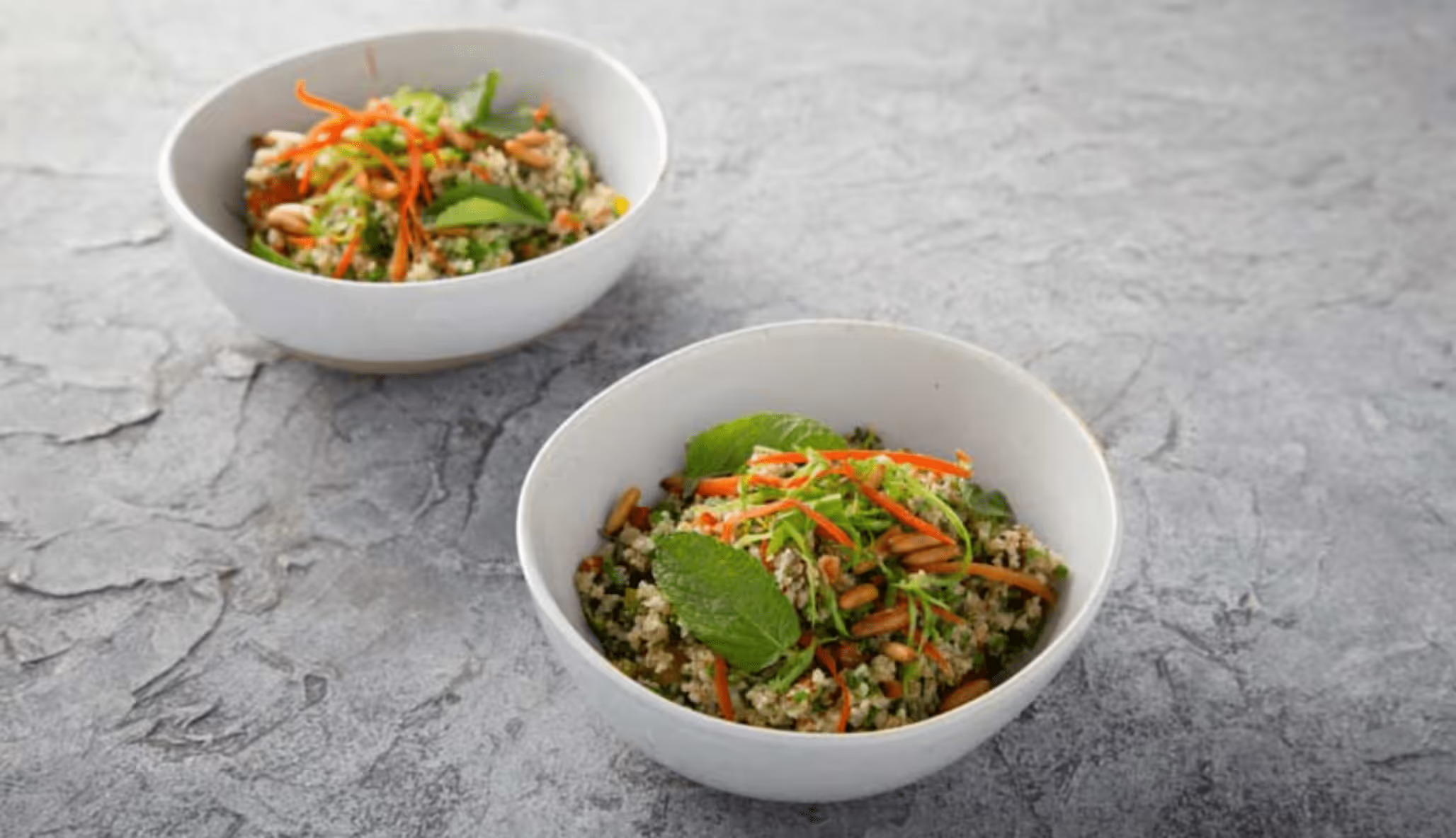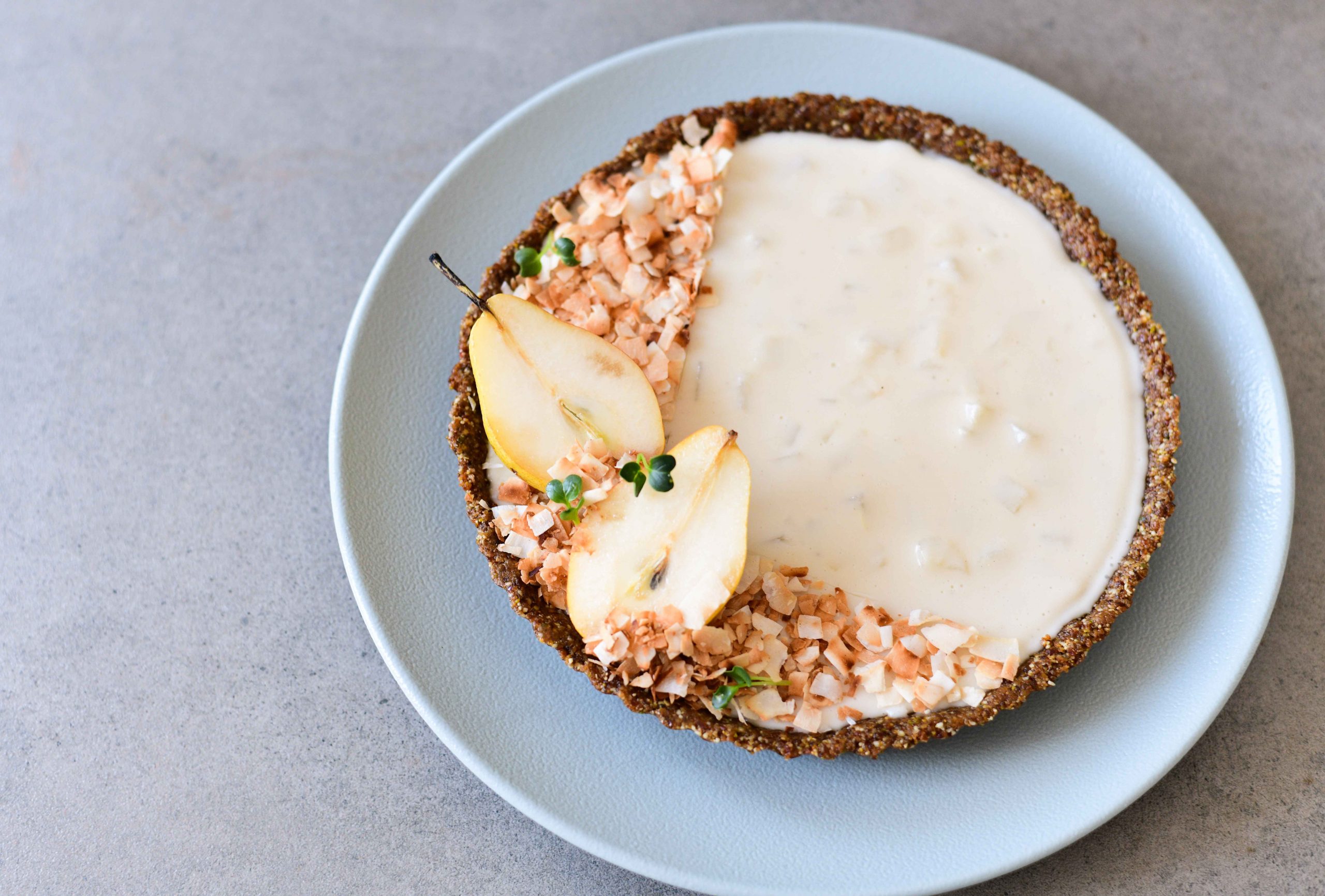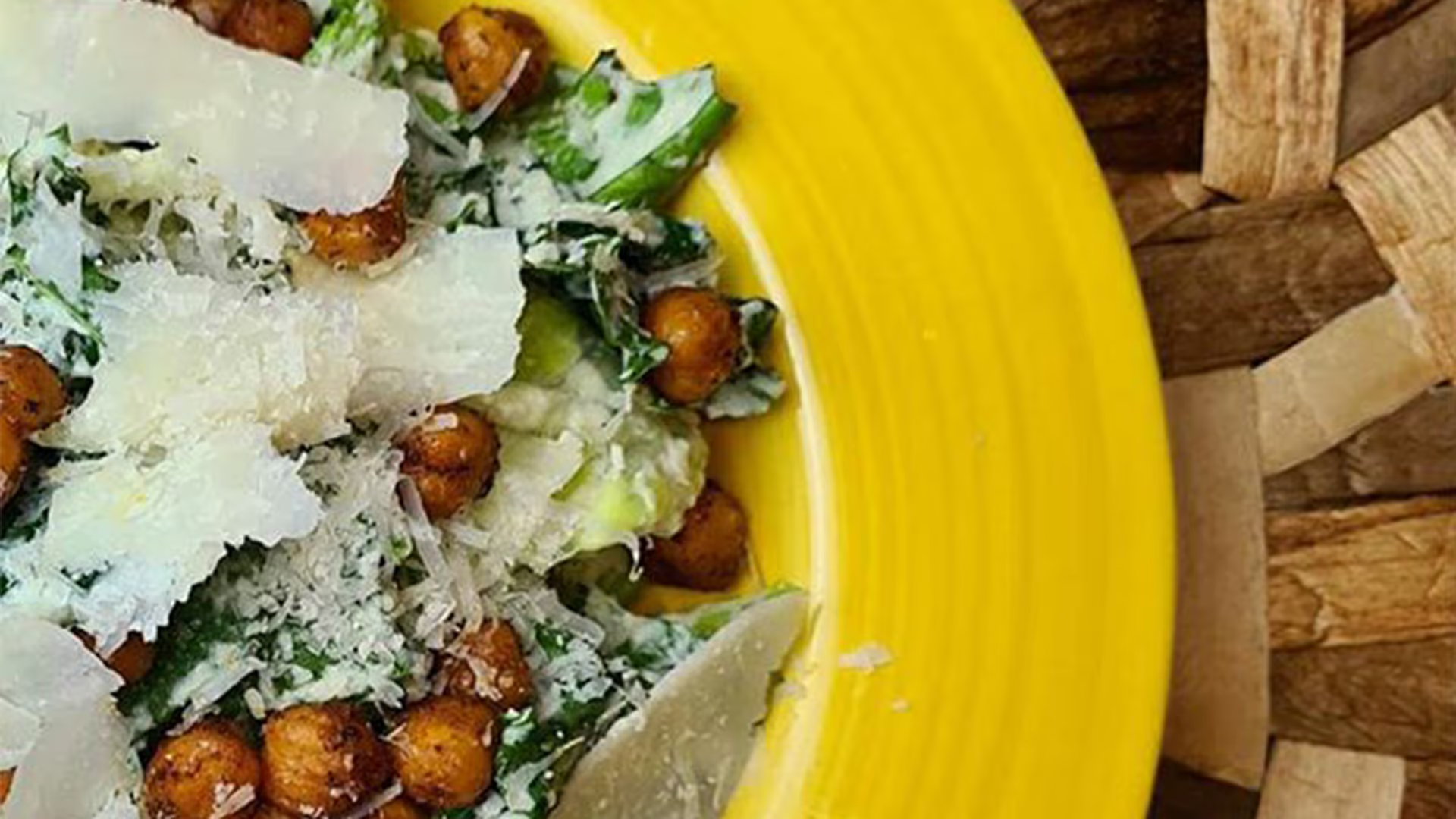This Tabbouleh has a modern twist to it, with the addition of toasted pine nuts and dried figs for a crunchy texture, Medjool dates to give a sweet touch, and lemon juice to balance the sourness.
Salads are dishes consisting of raw or cooked vegetables, meat, or seafood, which may be mixed with a sauce or topped with a dressing. They can be served as appetizers, main courses, side salad or dessert salad.
The word “Salad” originates from the French “Salade”; sharing the same meaning with the Latin word “Salata” meaning salty or from “sal” meaning salt.
Salads are hot or cold, classical or contemporary, cooked or uncooked, simple (with one ingredient) or compound (with many ingredients) and may also include leftovers from a previous meal or carbohydrate ingredients like pasta, fresh or dried herbs like oregano, poached or boiled eggs or even lentils.
Salads originated in Europe, predominantly from France, Rome, and Greece in the early 1700s. The cuisines of these places have always been very balanced and the intake of salads has helped them live a healthy lifestyle.
In the early 19th century, America picked up on the trend of salads and made it their own by developing the “Salad Bar” concept, wherein every restaurant would have an unlimited salad buffet as a starter for any meal menu. Countries such as Japan, Australia, and China followed suit.
Making a salad is an art and has 4 components, to learn more about the different components of a salad and the vital role of each of these components play in the final dish, you can go through the introductory lesson - Salads, Freshness in your Plate.
Salad Recipe of the Day - The Modern Tabbouleh

About Modern Tabbouleh
Tabbouleh is originally from the mountains of Lebanon, Jordan, and Syria. It has become one of the most popular salads in the Middle East and is usually served as part of the Cold Meze.
Traditionally Tabbouleh is made of tomatoes, finely chopped parsley, mint, burgul, onions, and seasoned with olive oil, lemon juice, and salt. In some variations, garlic, romaine lettuce, or couscous are used instead of the burgul.
The Lebanese National Tabbouleh Day is an annual day dedicated to ‘Tabbouleh’. It is celebrated on the first Saturday of the month of July every year. During this day, the Lebanese, non-Lebanese, and their friends around the world meet in private or in public to savor this national favorite.
This Dish
This is a traditional salad made up of finely chopped ingredients. This Tabbouleh has a modern twist to it, with the addition of toasted pine nuts and dried figs for a crunchy texture, Medjool dates to give a sweet touch, and lemon juice to balance the sourness.
Recipe Card (to serve 4 pax)
Method of Cooking
1. In a saucepan, sweat shallots in olive oil, add Burgul and cook for 2 minutes, add water and salt, bring to boil and simmer until liquid is absorbed (12 - 15 minutes) fluff with a fork and let cool.
2. Mix the lemon juice with olive oil, cayenne pepper, and season with salt to make the dressing.
3. Toss the dressing with the cooked bulgur till well coated.
4. Add the rest of the ingredients and toss.
5. Top with toasted cumin seeds, parsley, and mint.
6. Serve chilled.



-min.jpg)







